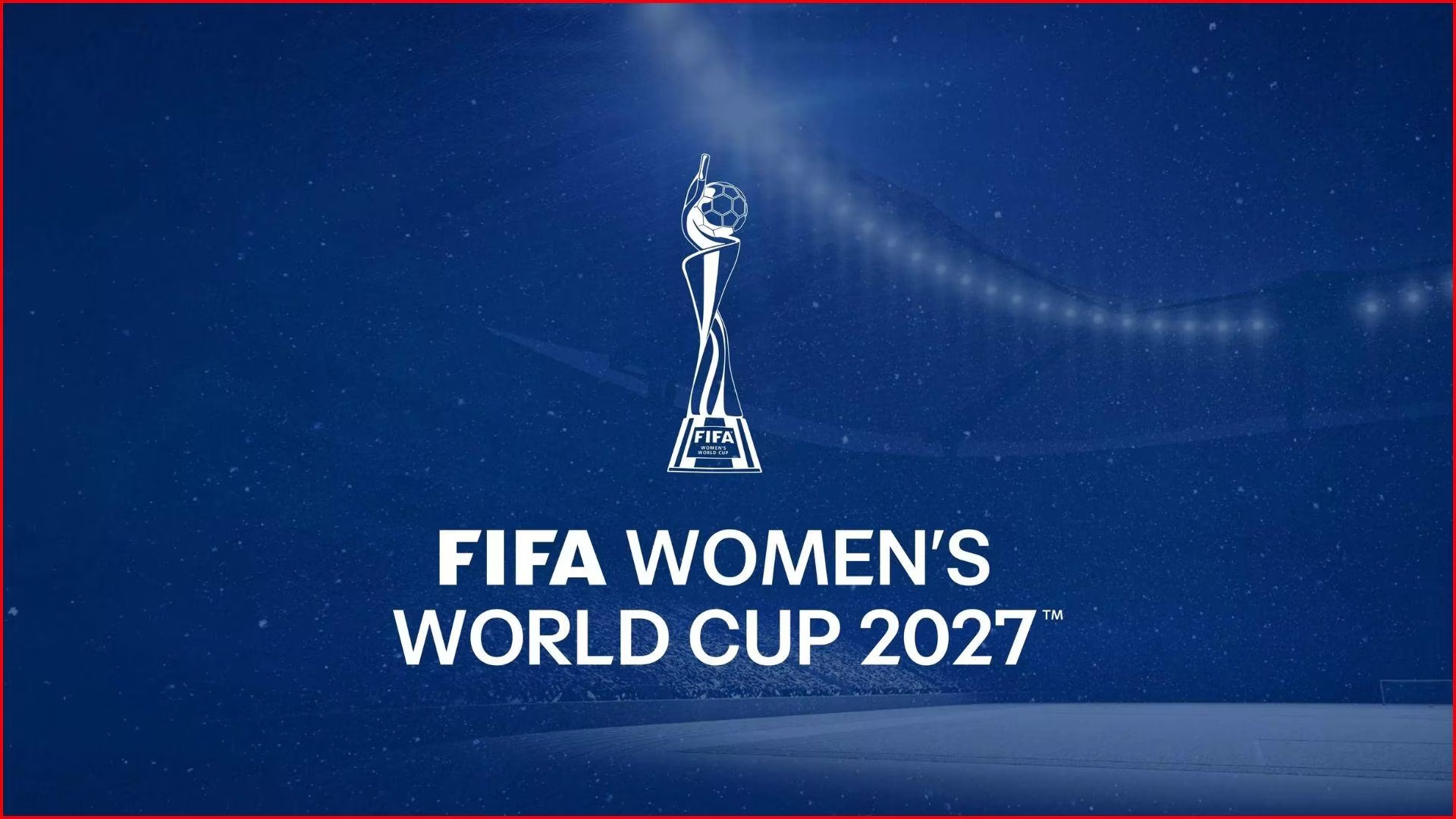At the Saudi Arabia–US Investment Forum in Riyadh, FIFA President Gianni Infantino unveiled the organization’s most ambitious target yet for the women’s game: US$1 billion in revenue from the Women’s World Cup. It’s a bold benchmark that reflects not just rising numbers—but a shifting paradigm in global sport.
The 2023 edition in Australia and New Zealand already laid the groundwork. It broke even while generating over US$570 million in revenue—a landmark moment that silenced skepticism around the commercial viability of the women’s tournament.
But now, FIFA is doubling down.
“Women’s football and women in football are crucially important… It’s growing exponentially,” said Infantino. “We are targeting US$1 billion in revenue just with the Women’s World Cup to reinvest in the women’s game.”
A South American Debut, A Global Vision
The 2027 Women’s World Cup, set to be hosted in Brazil, will mark the first time the tournament is held in South America—symbolic of FIFA’s push to decentralize the game from its traditional powerhouses. And the 2031 edition, expected to land in the United States, will likely see the competition expand from 32 to 48 teams—a structural shift that mirrors the men’s game and underlines the scale of FIFA’s ambition.
This isn’t just evolution. It’s elevation.
Beyond Europe: The Next Financial Frontier
Infantino also addressed a larger economic horizon for football—one that looks well beyond Europe. According to him, if regions like Saudi Arabia and the United States generate just 20% of Europe’s football economy, the sport could reach over half a trillion dollars in global GDP impact.
That vision ties directly into Saudi Arabia’s broader investment in sport. The Kingdom has already launched its own women’s league and national team—part of a strategic push to position itself as a long-term player in the global sports economy.
“Saudi Arabia is doing exceptionally well… Women’s football is really the only team sport for women that has such a huge audience and impact,” Infantino added.
Reinvestment, Not Just Revenue
While the $1 billion revenue target captures headlines, the emphasis on reinvestment is just as crucial. FIFA’s stated goal is not merely to grow the tournament—it’s to amplify the entire women’s football ecosystem. That includes grassroots investment, professional league development, global marketing, and broader visibility for women athletes.
This shift reframes the Women’s World Cup from an event into a global business catalyst—a commercial engine with cultural and economic weight.
What This Means for the Industry
For federations, sponsors, and investors, this is a clear signal: women’s football is no longer a side project. It’s a central pillar of global football’s future—and a high-growth asset in the sports business landscape.
As the 2027 and 2031 tournaments draw near, the women’s game isn’t just keeping pace.
It’s setting the pace.


